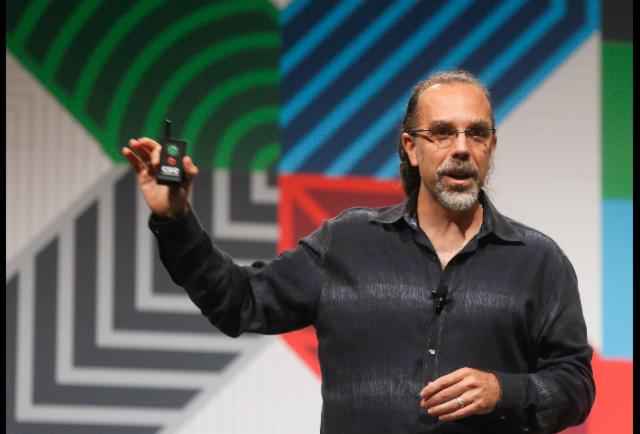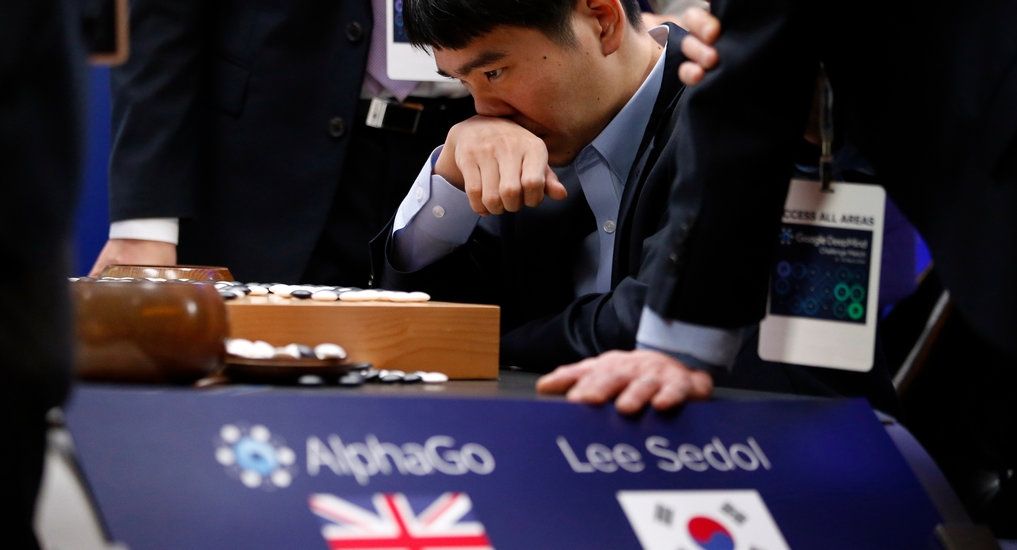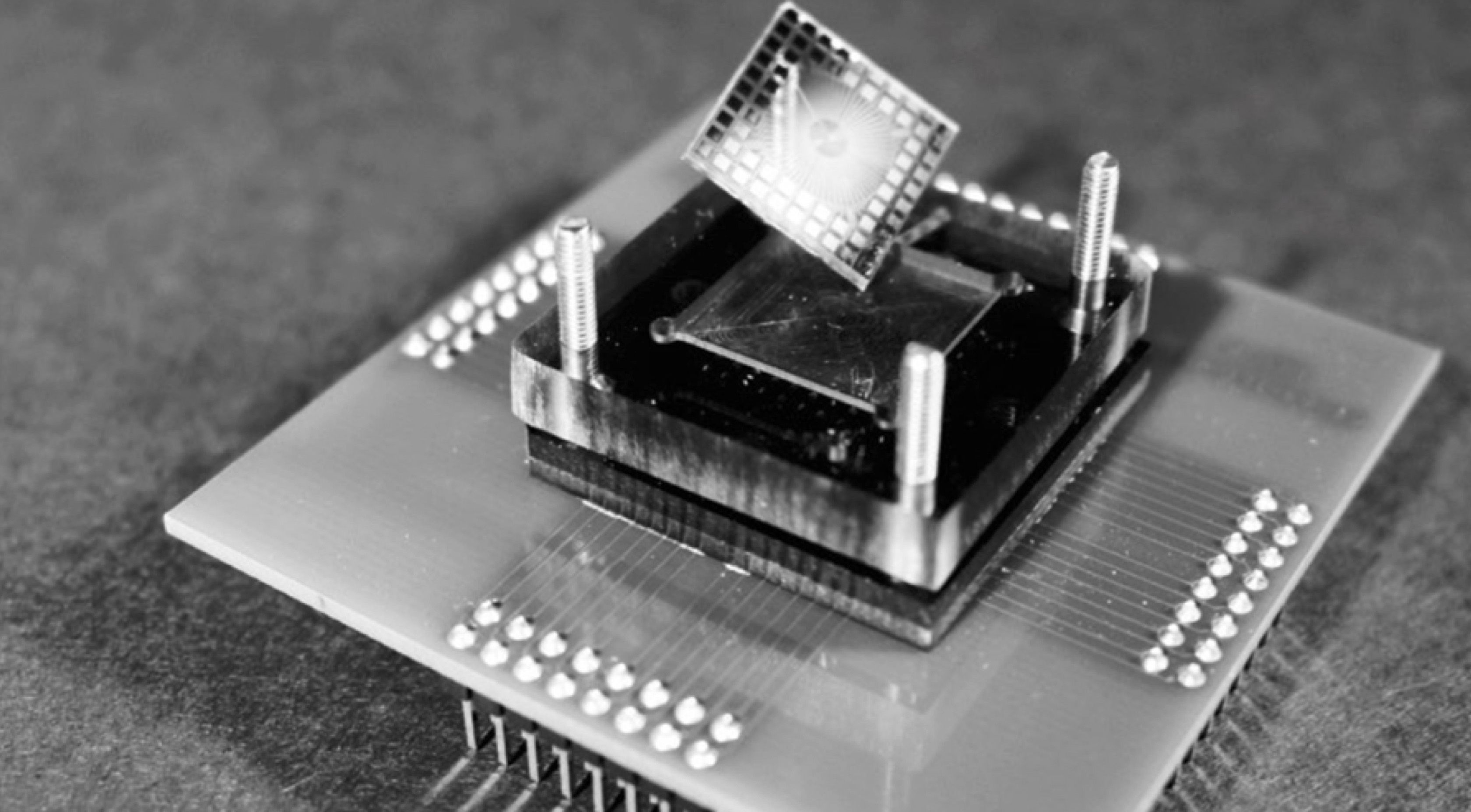(Photo credit: AP Photo/Jack Plunkett, File)
Astro Teller is tired of the paranoia surrounding artificial intelligence and robotics. The famous computer scientist’s sensitivity around the topic may be understandable considering he bears the brunt of some of that skepticism as the head of X, the Alphabet (and formerly Google) moonshot factory working on many of the company’s futuristic AI and robotics projects.
This past weekend, Teller, whose official title is “captain of moonshots,” took to the stage at the inaugural Silicon Valley Comic Con hoping to dispel some of these misconceptions around AI. His physician wife, Danielle Teller, presented alongside him on some of the fear mongering associated with genetic engineering in humans. After their presentation, the Tellers sat down with FORBES to go deeper on the issue to explain what they hoped to accomplish with their talk.








